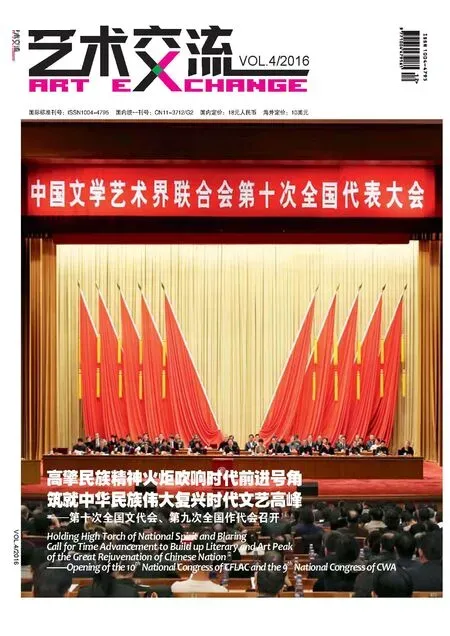一位摄影家的“佛教意象”
—— 读徐大庆《亦真》
2016-05-12陈晓琦ChenXiaoqi徐大庆XuDaqing曹宇光CaoYuguang
文陈晓琦 Chen Xiaoqi 图徐大庆 Xu Daqing 译曹宇光 Cao Yuguang
一位摄影家的“佛教意象”
—— 读徐大庆《亦真》
文陈晓琦 Chen Xiaoqi 图徐大庆 Xu Daqing 译曹宇光 Cao Yuguang
A Photographer’s “Buddhist Impression”—— On "Like Reality" by Xu Daqing
佛教自东汉末年由印度传入,大约2000多年,其间有过很多次兴盛时期,“南朝四百八十寺,多少楼台烟雨中”,描写的就是此番盛景。中华文化浩无际涯,任何外来文化都会逐渐被其同化,佛教也是一样,经过多年的融合,直至形成“儒释道”一体,因此它也成为中华文化的一个主干。所以,大量的关于佛教的字词、典故、谚语、成语、俗话,成为百姓日常话语的一部分,在潜移默化中参与着民族文化和行为规范的建构,不论信佛与否,一般人都有着或多或少的佛教见识和直接间接的佛教经验,心中会隐约存在着一个以佛教或者佛意为符号的彼岸世界。当下,虽然信息技术日新月异,人们对世界的认知也越来越精深,但这些似乎并没有妨碍佛教的香火鼎盛。佛教怎样存在于人们的心中,暗示我们的生活,或者怎样视觉化地描述自己内心的佛教感知,成为艺术创作的一个庞大主题。在这样宏大的叙事前提下,摄影家徐大庆带领我们走进了佛教名刹——少林寺。
上世纪80年代,位于中岳嵩山的少林寺因电影《少林寺》名声鹊起,后又因其绝世武功名扬天下,自然也成为摄影家关注的对象。许多摄影家经年拍摄,持之以恒,建筑、生活、佛事、武功、人物,各个方面皆有大量影像留存,或诗情画意表达个人的审美观感、风格追求,或真实记录少林寺的人文风貌,留住历史文化。
数年前,法国年轻摄影师布津阿应邀到少林寺创作,在室内外拍摄了很多以建筑、环境为背景的武僧动作肖像,很有视觉冲击力,产生较大影响。后来,著名摄影家黑明拍摄了一组少林寺僧人的肖像,曾在故宫博物院展出,传播甚广。而在本土摄影师的作品中,寺院景物不仅是人物肖像的背景,还是人物生活的环境,僧人们与这样的环境朝夕相处,直至成为一体,因而也是作品重要的表现内容,体现了万物皆一、诸事平等的佛家三观。而在布津阿的作品中,寺院景物只是纯粹的造型元素,与佛家生活无关,只能用于烘托人物的形式构成。不同的观念角度和语言风格,体现了中西文化的巨大差异。
摄影家徐大庆的《亦真》,用个人的观察视角和影像语言,加之多重结构的空间叙事,建构了一个关于彼岸世界的视觉意象,也在佛教题材的摄影作品中表现出一种新的艺术风格。佛塔、殿堂、香炉、经书、袈裟、佛像、住持、僧人,这些仪式及符号经过数千年佛教经义的浸润涵化,具有了鲜明的辨识特征和人们心领神会的象征意义。徐大庆正是由外而内,直指内心的切入,对这些仪式及符号剥离、选择、组合,渐次烘托主题,通过景观化的图像语言的陈述,营造出一个个视觉化的佛教“故事”,唤起并印证人们经验中的关于佛教的意像图景,因而在内心深处产生余音绕梁的艺术共鸣。
在《亦真》中,先声夺人的是简洁、纯净、充满美感和富有意味的形式,场景的碎片在或实或虚、亦真亦幻之间和神秘意境的统摄下,互为支撑,互相增强,结为整体。仪式符号的指向性和象征意义得到了明确和强化,与心中的彼岸世界交相映照,佛教意像与现实景物相辅相成,推动影像表现不断升华,直至达到艺术与宗教水乳交融之化境,最终实现了摄影家心中关于佛教的意象归宿。
一个摄影家镜头里的禅宗少林,带给我们的不仅仅是艺术形式,更是心灵自由的艺术言说。徐大庆不是一个佛教徒,他对佛教的认知恐与一般人无异。但他的拍摄作品所表现的艺术和宗教感染力,应该远远超越宗教和文化,为我们现实生活和未来路径立此存照。如此美丽、纯净、庄严、内蕴丰富的十方法界,绝不仅仅是他的少林观感和佛教意象,更是他对于这个世界庄严而饱满的态度。

彼岸 Faramita
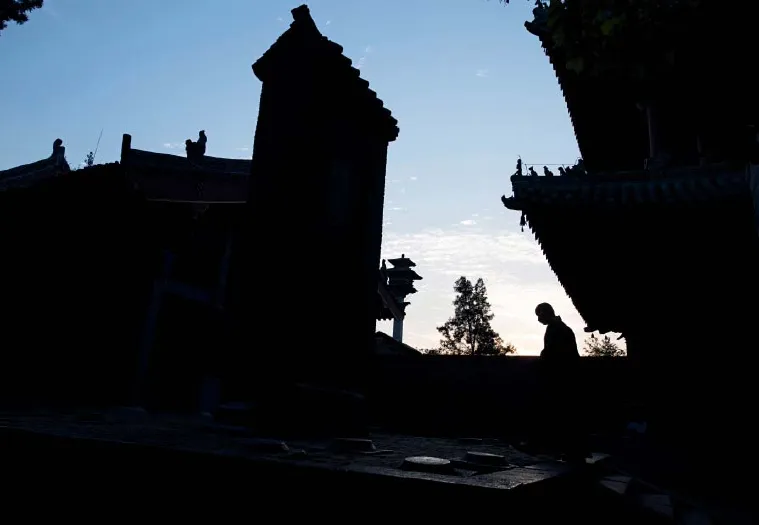
法界 Dharma Realm
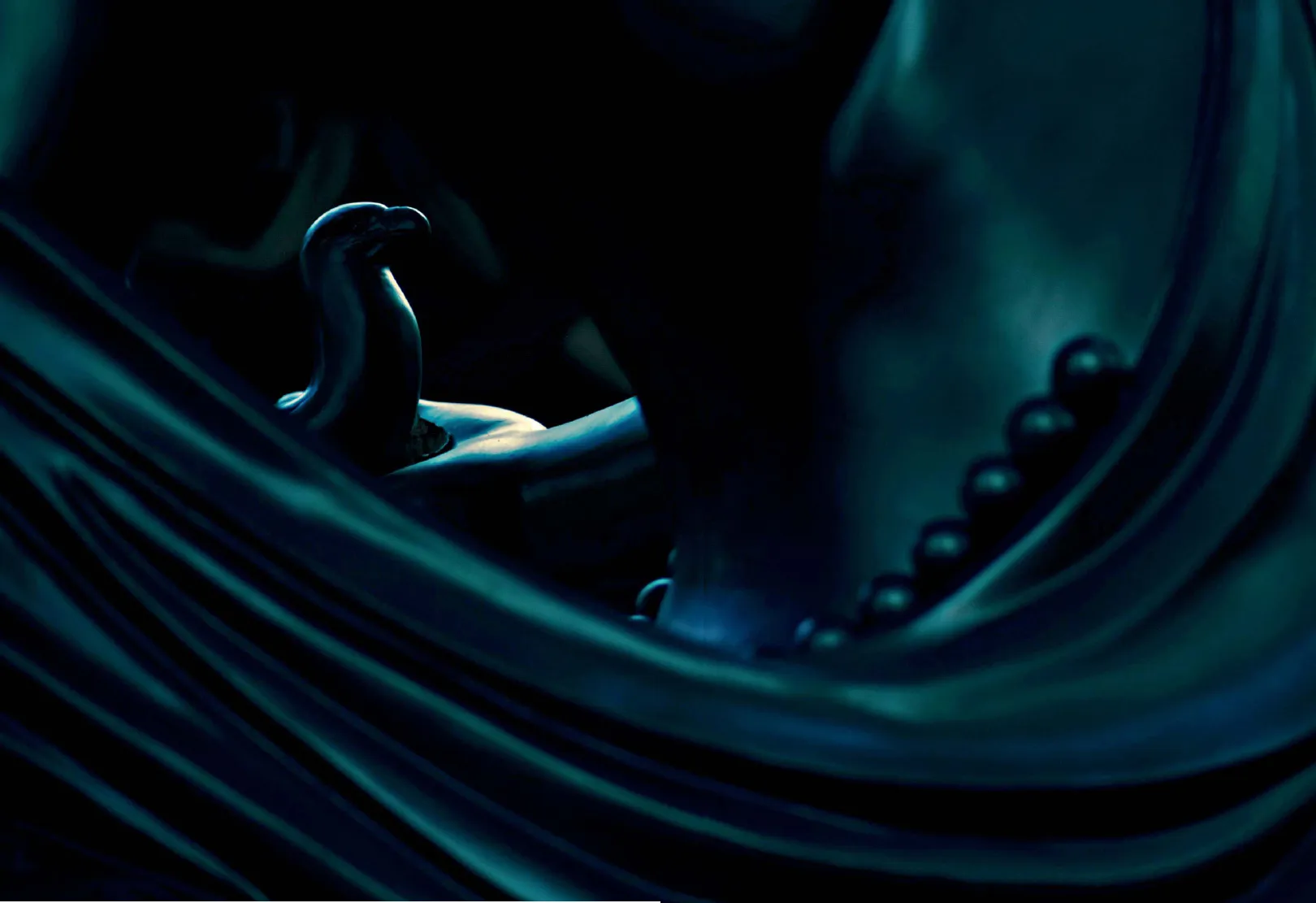
婆娑Protihex
Introduced from India at the end of Eastern Han Dynasty (25-220 A.D.), Buddhism has lasted for some 2000 years in China and witnessed several periods of prosperity. As a poem line goes, there once existed 480 temples in Southern Dynasty (420-589 A.D.), which reflected a prime time for Buddhism worship. In the context of the boundless Chinese culture, any foreign culture will be gradually assimilated, including the Buddhism. Through centuries of integration, a trinity of Confucianism, Buddhism and Taoism is finally formed as a main part of Chinese culture as well. Consequently, a large quantity of words, idioms, set phrases and anecdotes arising from the Buddhism have become part of people’s daily conversations and subtly constructed the national culture and norm of behavior. Whether a Buddhist or not, a chinese knows some senses and direct or indirect experiences in Buddhism with awareness of an existent Faramita symbolized by Buddhism and Buddhist concepts. Currently, the information technology is evolving day and night, and people have gained more and more profound knowledge about the world, neither of which seem to obstruct the prosperity of Buddhism. It still exists in people’s heart and implies what our life will be. Moreover, how to depict the inner sense of Buddhism in a visual way has become a great theme for artistic creation. In such a grand narration background, the photographer Xu Daqing took us into the well-known resort of Buddhism—Shaolin Temple.
In the 1980s, the Shaolin Temple located at Songshan Mountain gained its reputation from the samename Kongfu film and became worldwide known for its legendary martial arts, which naturally attracted attention from photographers. Many photographers persisted in years of shooting in the temple took and a large quantity of images of architecture, daily life, Buddhist ceremony, martial arts and specific figures. Some of them intended to express vividly and poetically their own aesthetic appreciation or pursuit for styles while others preferred to give a record of humanist outlook of Shaolin Temple as a glimpse of history and culture.
A few years ago, a young French photographer Herve's Bruhat was invited to Shaolin Temple where he took many portraits of Martial Monks in the background of architecture and environment both indoors and outdoors with great visual impact and influence. Later on, the famous Chinese photographer Hei Ming shot a series of monk portraits of Shaolin Temple which were exhibited at the Palace Museum with extensive influence. Among the works by local photographers, the scenery in the Temple is not merely the background to reflect the figure, but also the living environment. Living within it day and night, those monks have become an indispensible part of it as well, which became the main contents in artistic creation in reflection of Buddhist values of universal equality. As to Bruhat’s works, the scenery, as merely a factor in creation, only served as contrast against the figure’s formation and then had nothing to do with Buddhism. Varied concepts, styles and artistic languages represent the sharp differences in culture between China and the West.
In the collection titled Like Reality by Chinese photographer Xu Daqing, he constructs a visual image about Faramita with his individual perspective of observation and photographic language in a spatial narration of multi-structure, which constitutes a novel art style in the Buddhism-themed photography. Buddhist pagoda, sanctuary, incense burner, scripts, kasaya, Buddhist statue, abbot and monk, all those ceremonies and signs, after thousands of years of Buddhist influence, have been endowed with distinct features and symbolization for people to recognize and understand. Xu Daqing chose to process some selected ceremonies and signs in new pairs to highlight the theme about the inner world, and by means of narration of landscape-like scenery, made up those Buddhist visual “stories” one after another to wake up the Buddhist indication in people’s experience as testimony and arouse an artistic sympathy of lasting aftertaste deep in heart.
In this collection Like Reality, the simple, pure formality full of beauty and significance strikes our attention. Those fragments of scenery, against a mysterious conception between reality and hallucination and between fact and vanity, support and strengthen each other as a whole. When the indication and symbolism of ceremonies and signs get confirmed and stressed, they constitute a mutual contrast with the inner Faramita. In complementary relationship, the Buddhist image and the actual scenery promote the visual presentation into a constant evolution until the perfect integration of arts and Buddhism, which is the ultimate destination of Buddhist images in this photographer’s heart.
The Shaolin Temple of Zen Buddhism in this photographer’s lens brings us not only a kind of art form, but also his artistic interpretation with a carefree soul. As Xu Daqing is not a Buddhist at all, he just knows about Buddhism as much as ordinary people. Nevertheless, the artistic and religious influence out of his photography should go far beyond the mere religion and culture, and show image evidence for our real life and future path. Such a beautiful, pure, solemn and abundant world reflects his serious and positive attitude to this world rather than his mere impression about Shaolin Temple and Buddhism.
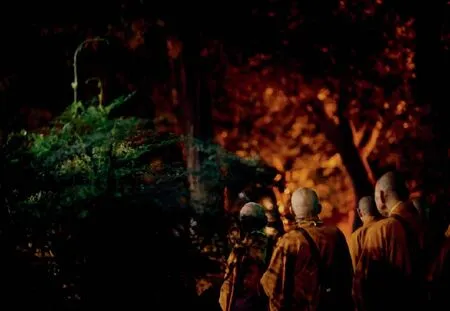
梵行 Brahmacariya

佛弦 Buddhist String
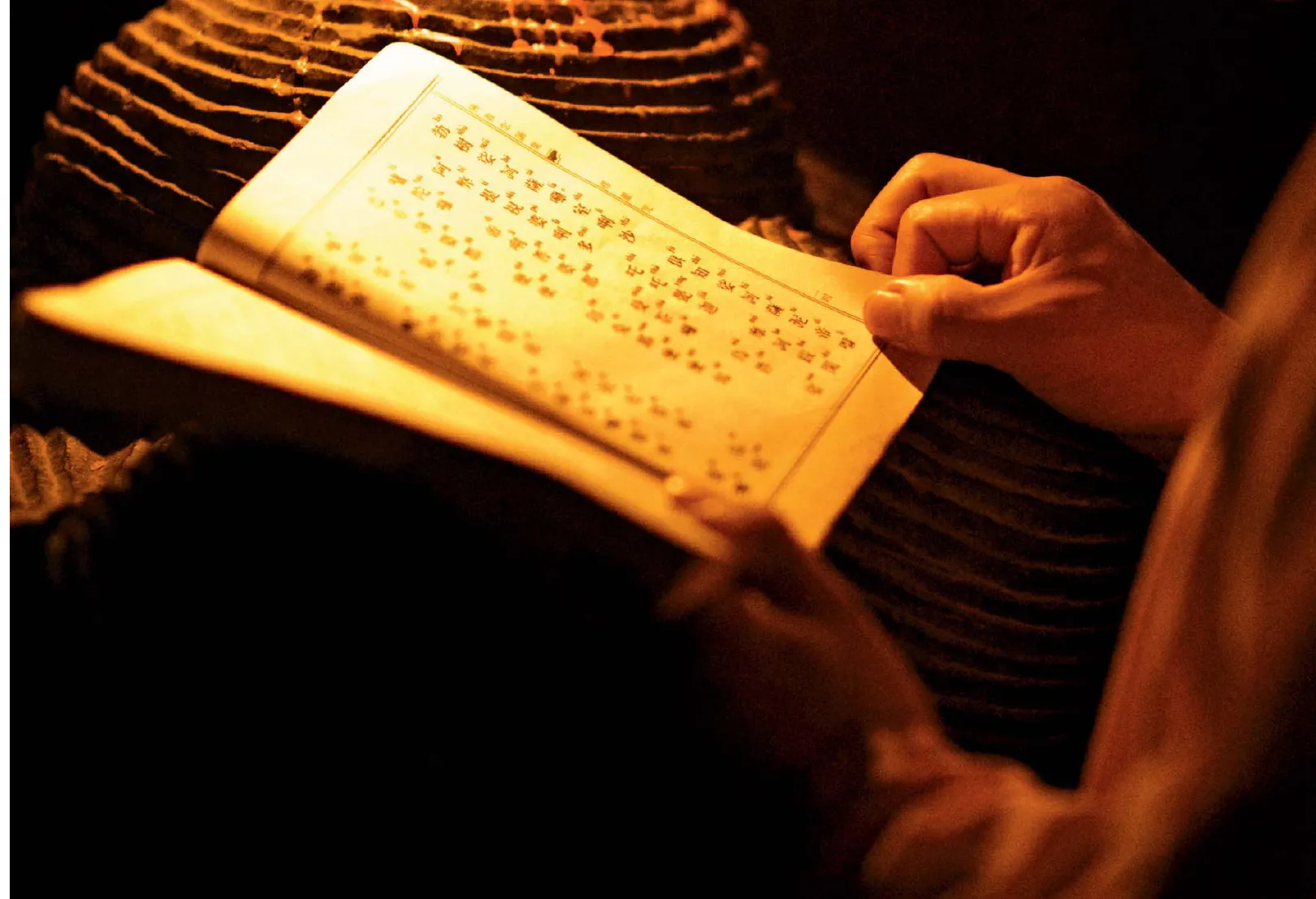
真言Mantra
